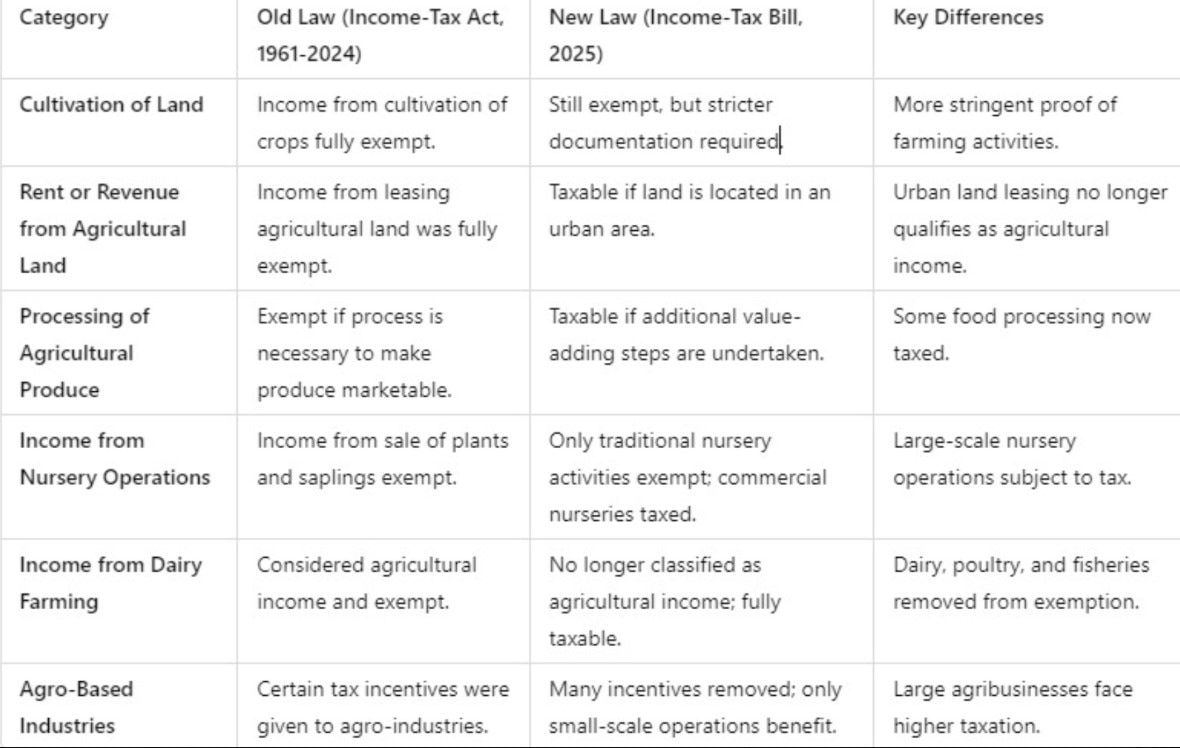Namo Drone Didi is a central sector scheme aiming to empower women-led Self-Help Groups (SHGs) by equipping them with drone technology to provide agricultural services.
The scheme aims to provide drones to 15000 selected Women SHGs during the period from 2024-25 to 2025-2026 for providing rental services to farmers for agriculture purpose (application of liquid fertilizers and pesticides for the present).
This initiative is expected to generate an additional income of at least Rs. 1 lakh per year for each SHG, contributing to economic empowerment and sustainable livelihood generation.

Key Features of the Scheme:
- Subsidy to Women DAY NRL-SHGs for Purchase of Drone
- 80% of Drone Cost as Subsidy upto 8 Lakhs
- Loan facility from AIF for remaining cost of Drone
- Easy Loan @ 3% interest rate
- Drone Pilot training as a part of Drone Package
- Chance to earn additional 1 lakh PA through Drone
- Renting of Drone Spray Service to Farmers through Women SHGs
Benefits of the Namo Drone Didi Scheme:
- Empowerment of Women: The scheme provides specialized training in drone technology, equipping women with advanced skills that are increasingly valuable in modern agriculture.
- This knowledge enables them to perform tasks like crop monitoring, soil analysis, and precision farming more efficiently.
- Enhancement of Agricultural Efficiency: Drone technology significantly enhances the precise application of pesticides and fertilizers, transforming traditional agricultural practices.
- Equipped with advanced GPS and sensor technology, drones can be programmed to follow precise flight paths over fields, ensuring even and targeted application. This precision reduces the overuse of chemicals, minimizing environmental impact and lowering costs for farmers.
- Skill Development and Knowledge Expansion: The scheme provides specialized training in drone technology, enabling women to acquire advanced skills in modern agricultural practices such as applying fertilizers, pesticides, and herbicides accurately, ensuring even distribution and optimal usage.
- Soil and field analysis is streamlined with drones, enabling detailed surveys and fertility assessments. Women can also enhance irrigation management by identifying areas needing more or less water, detecting leaks, and managing water resources efficiently.
- Community and Networking Opportunities: Women can connect with a supportive network of fellow participants, fostering a sense of community and collaboration.
- They have the chance to join forums and workshops where they can share experiences, challenges, and best practices, enhancing their collective knowledge and skills.
- The scheme also provides access to industry experts, mentors, and agricultural professionals, creating avenues for mentorship and professional growth.
- For all inquiries : Visit










